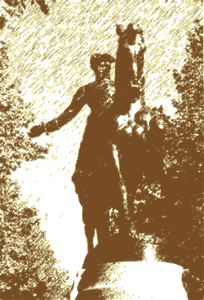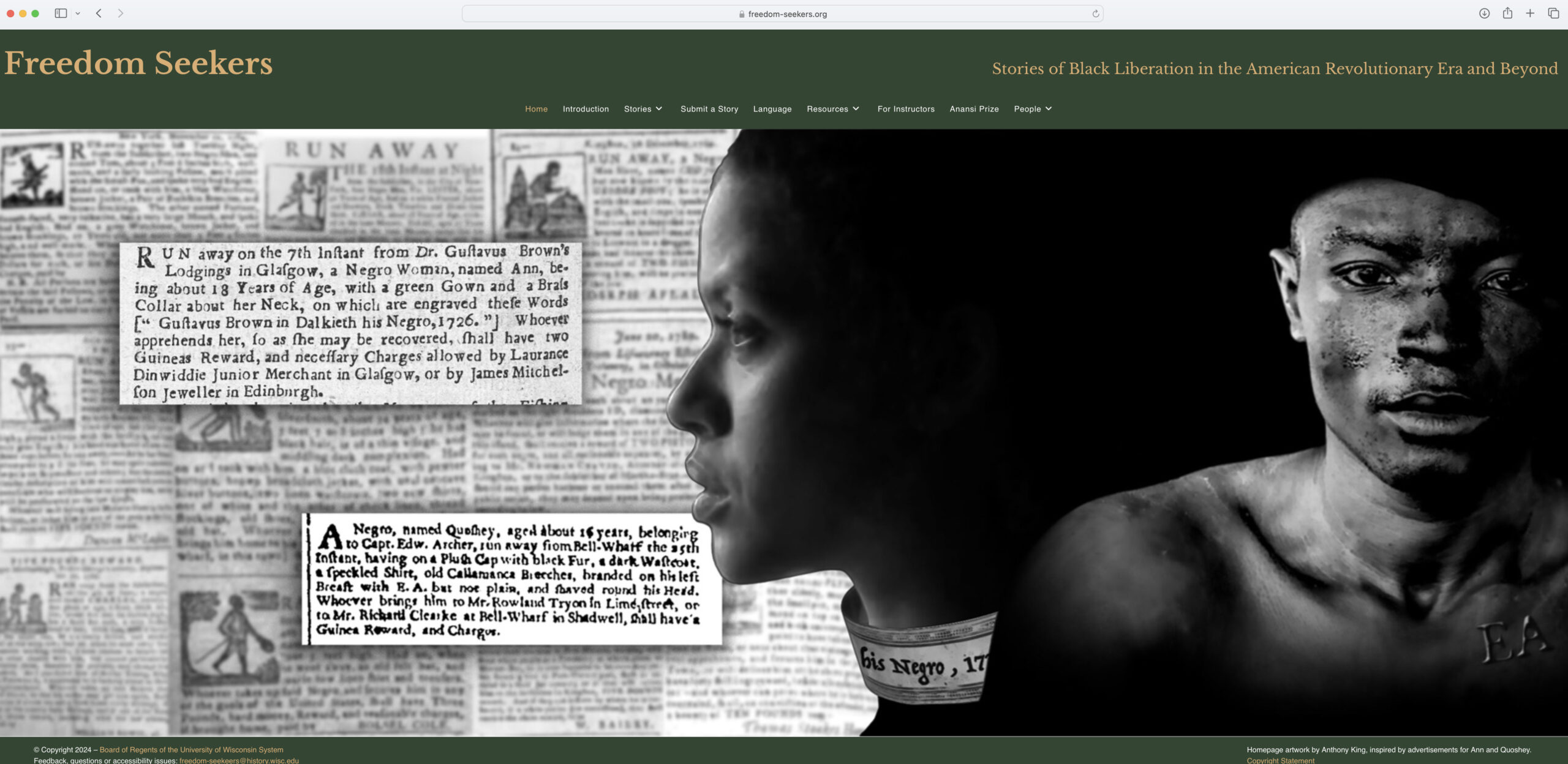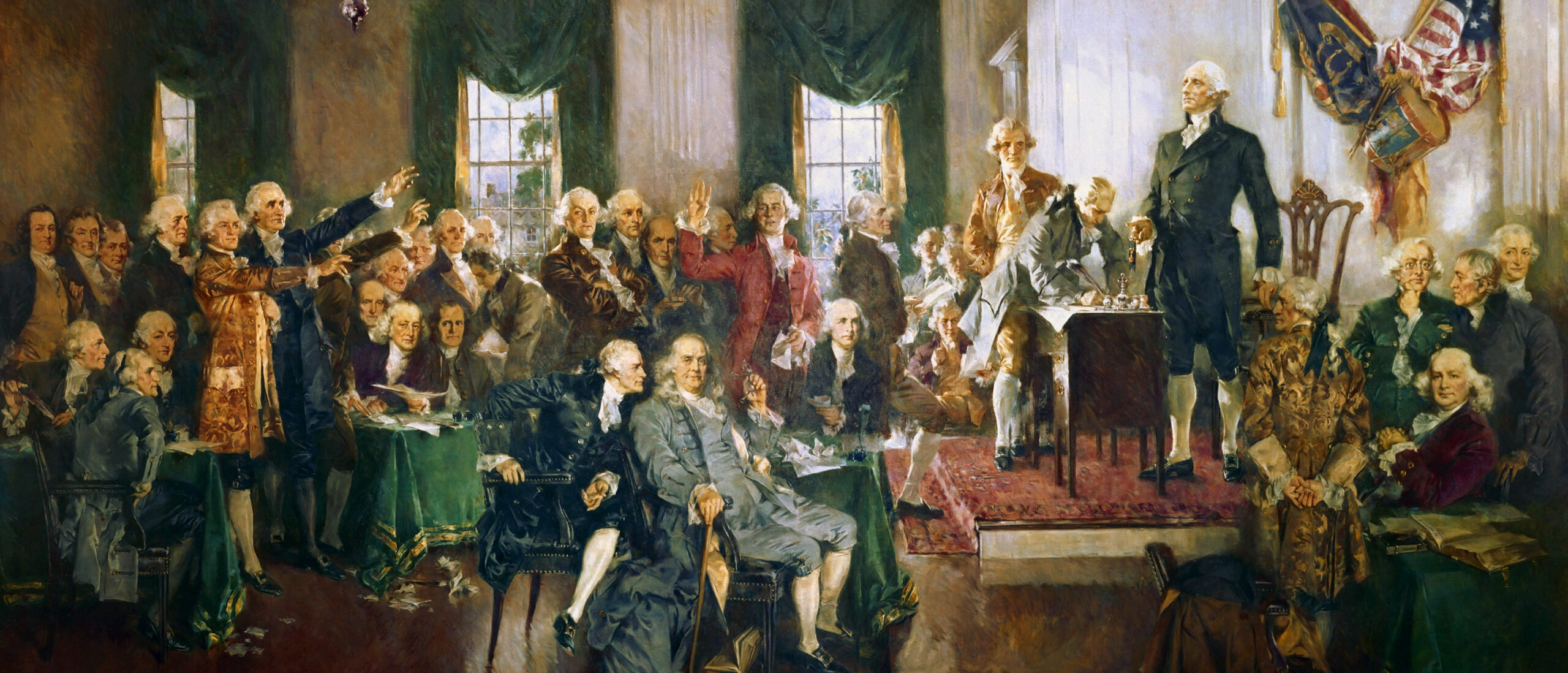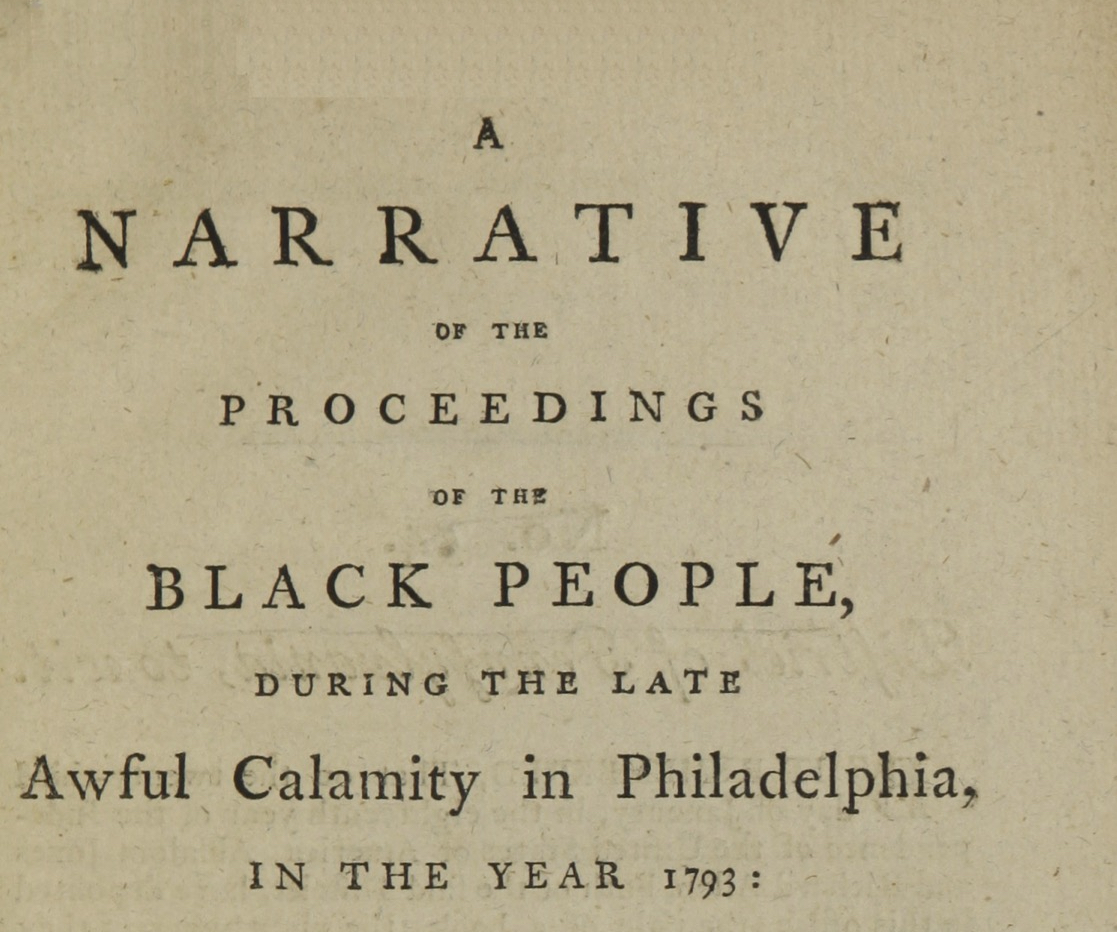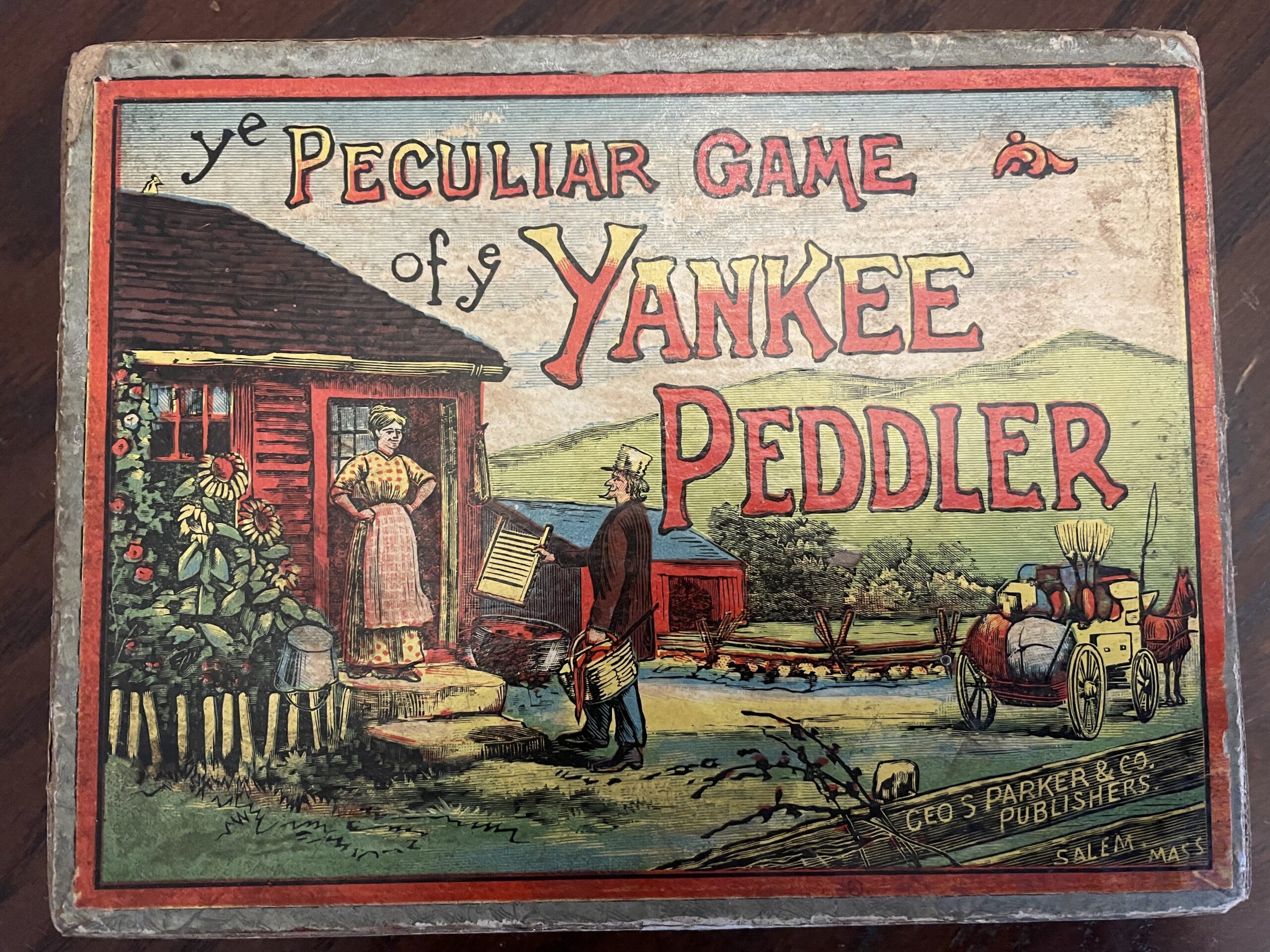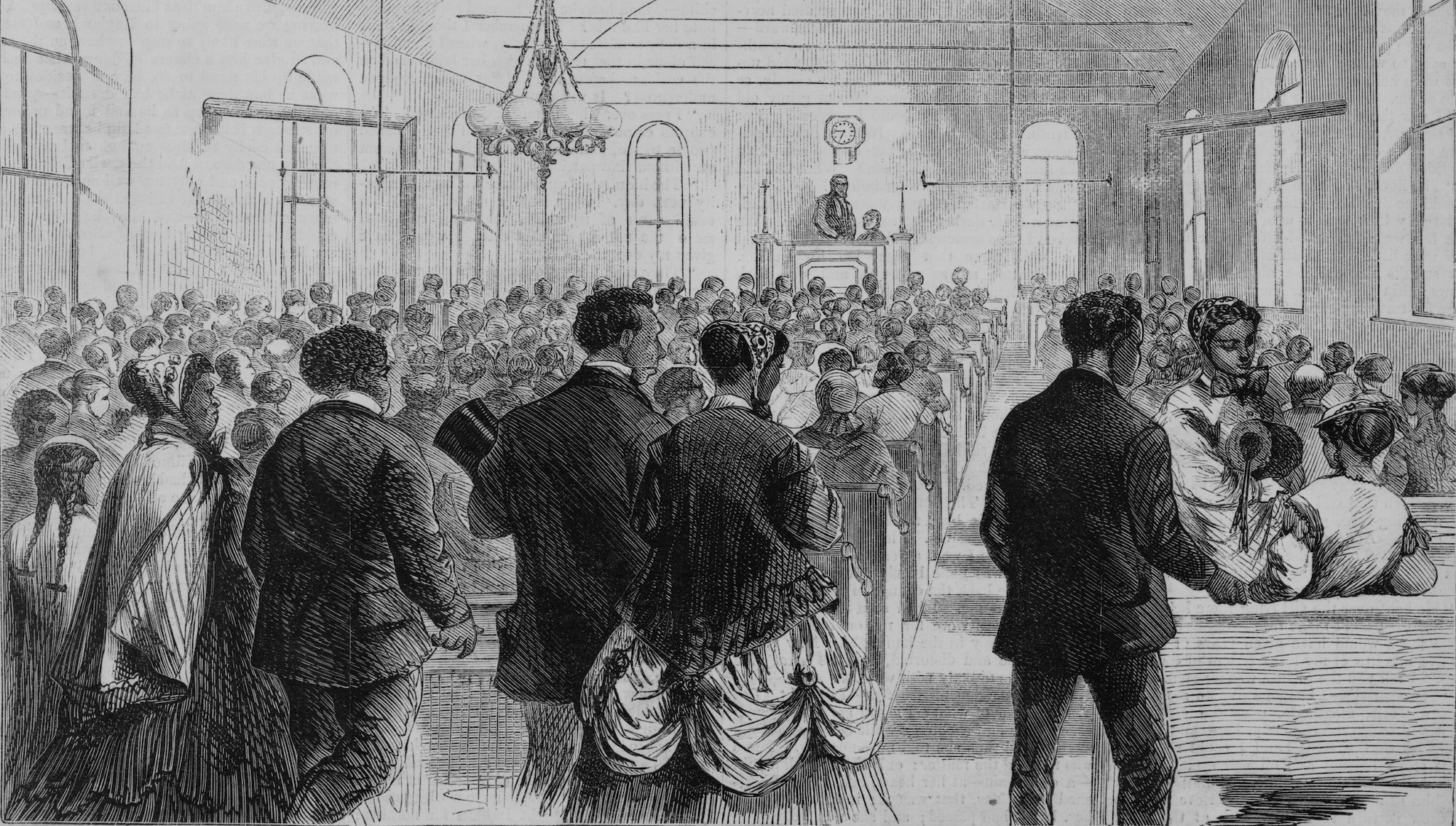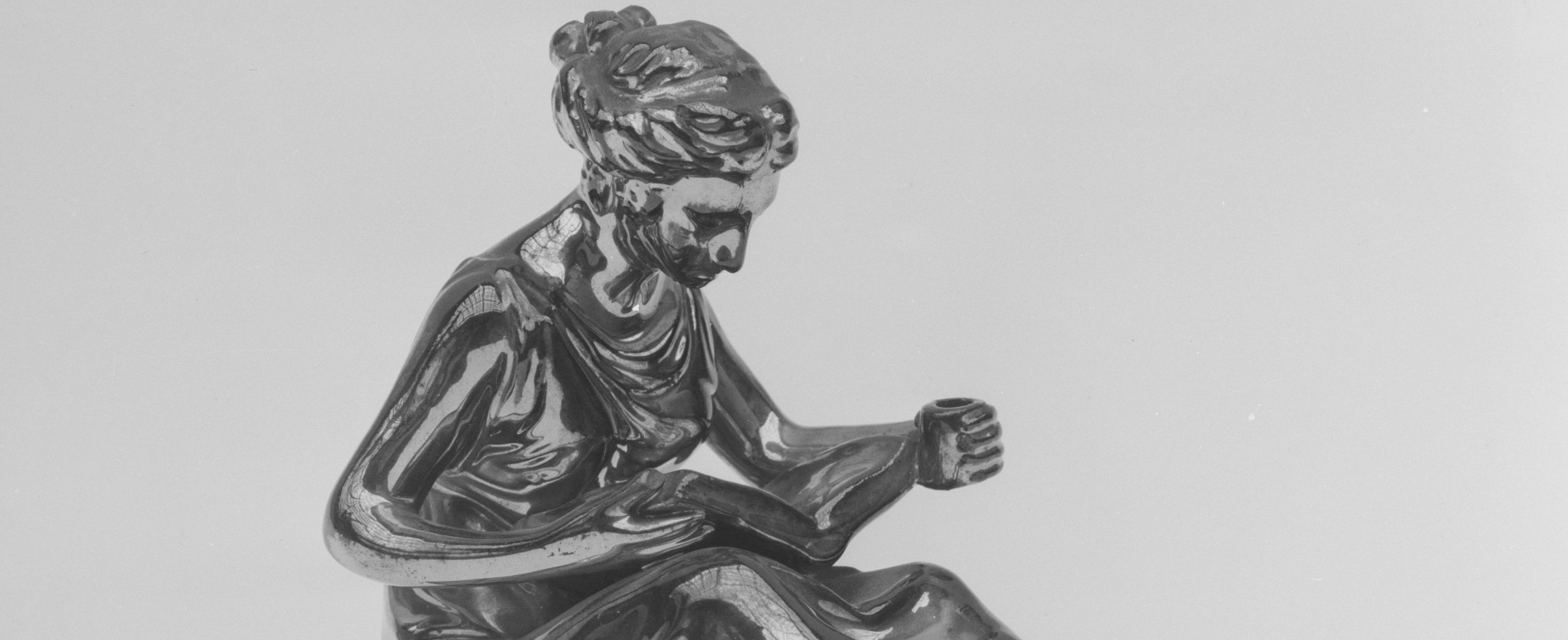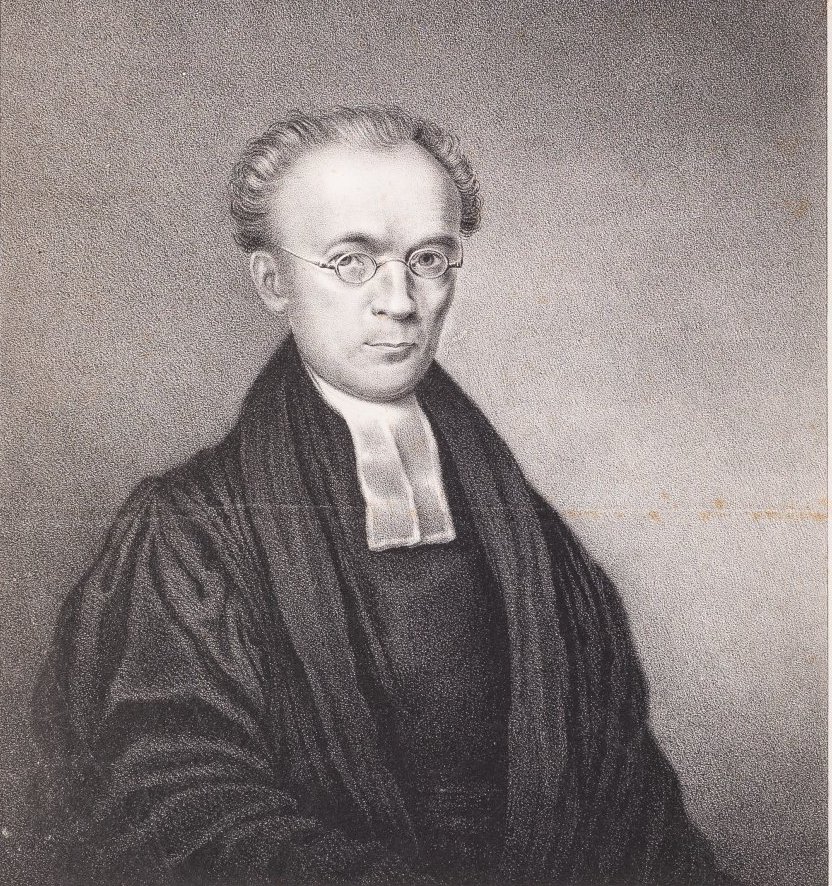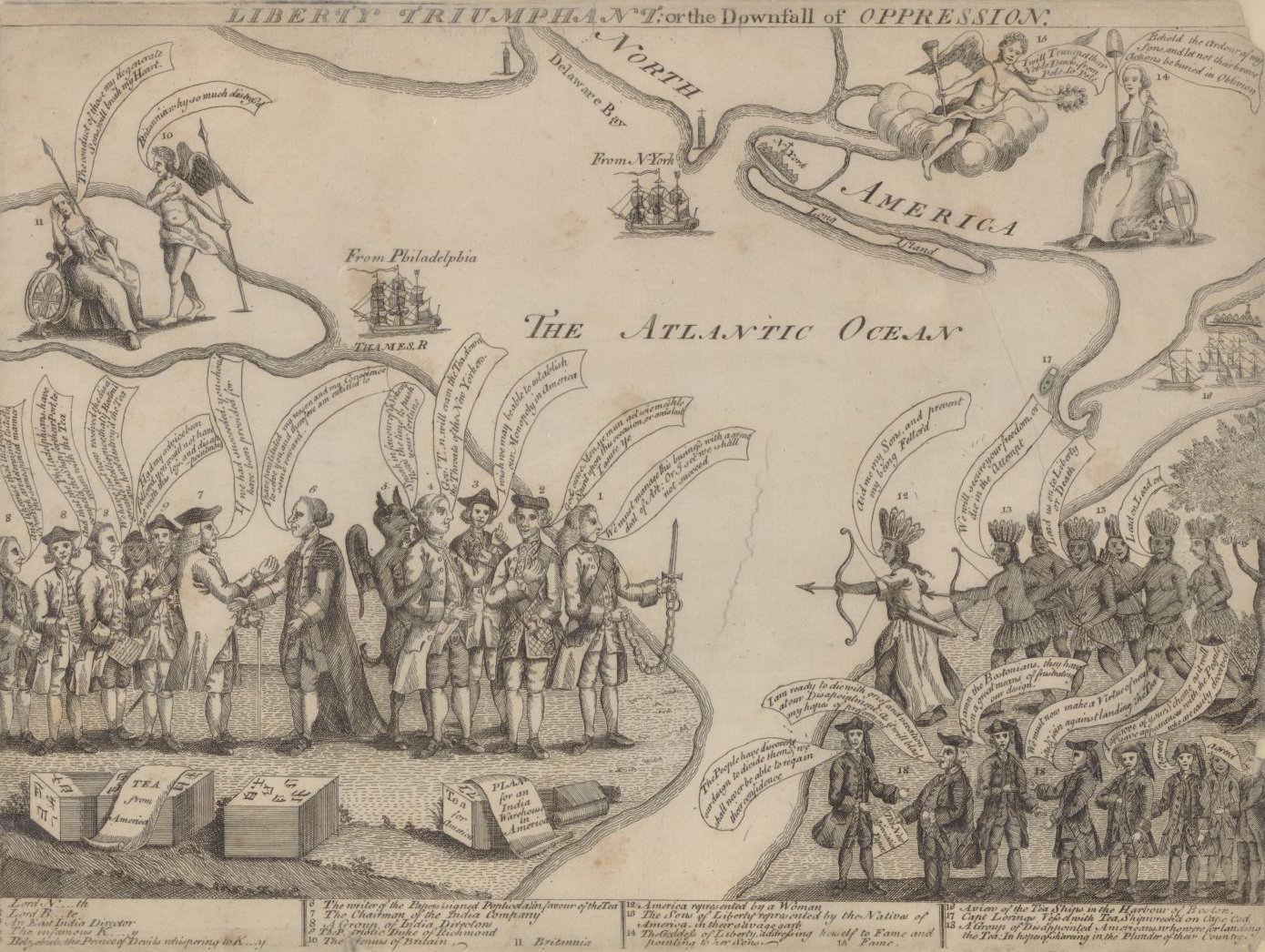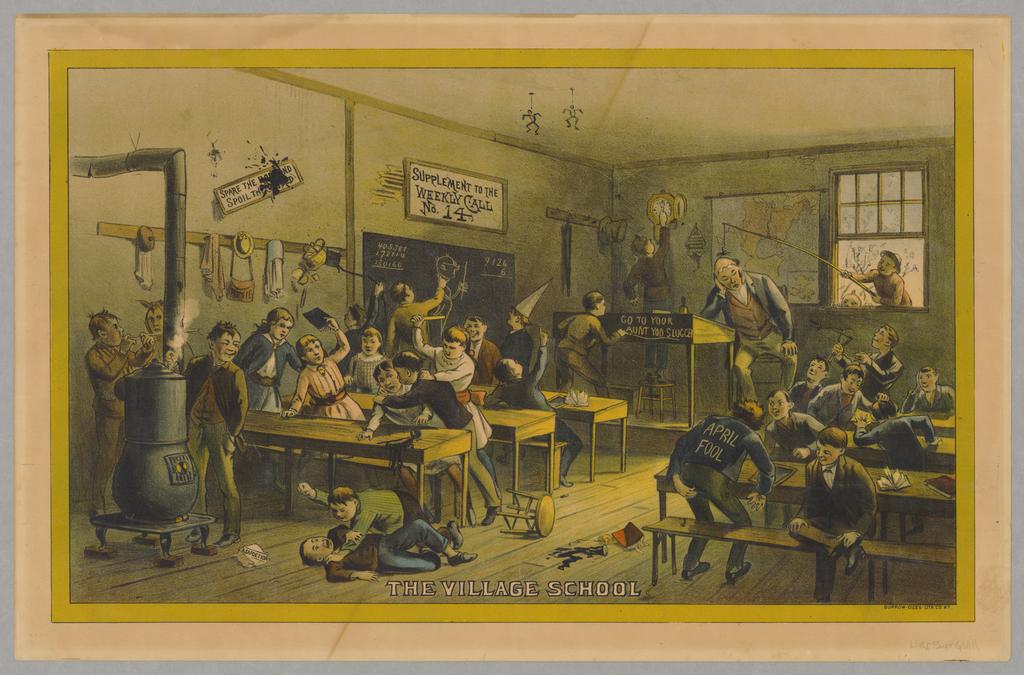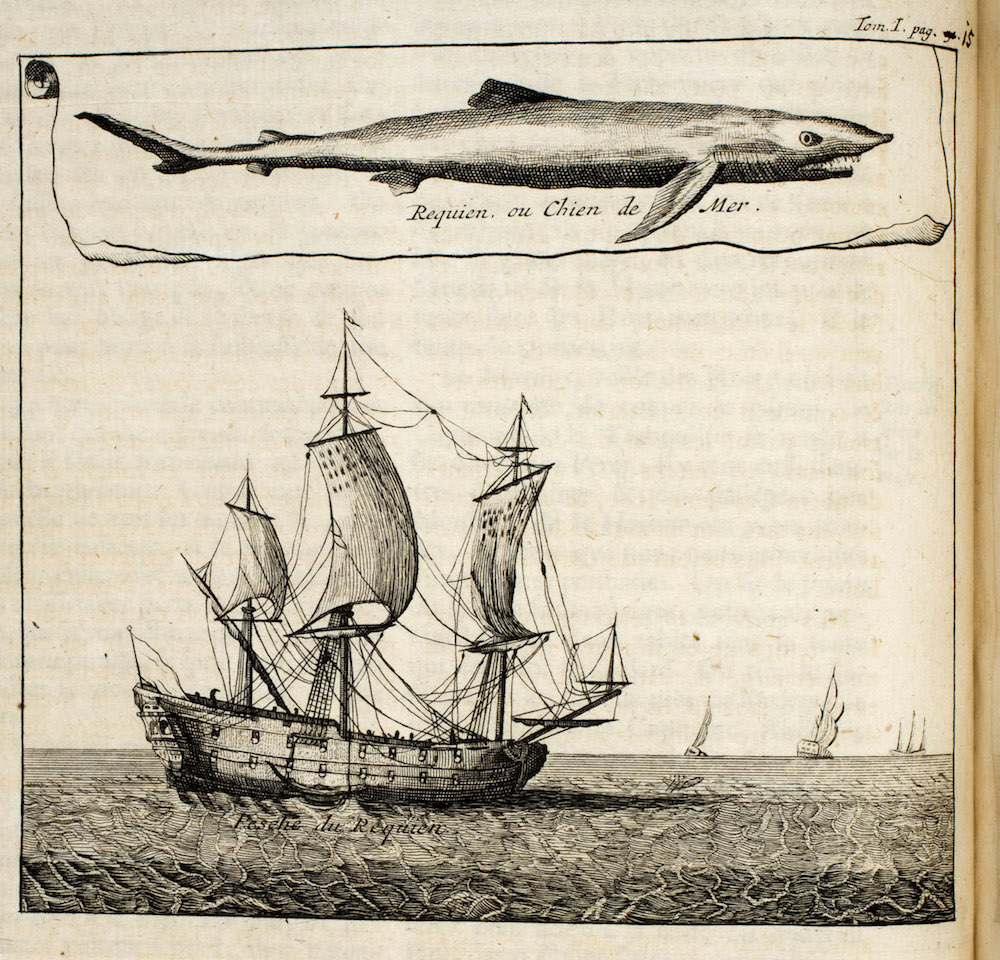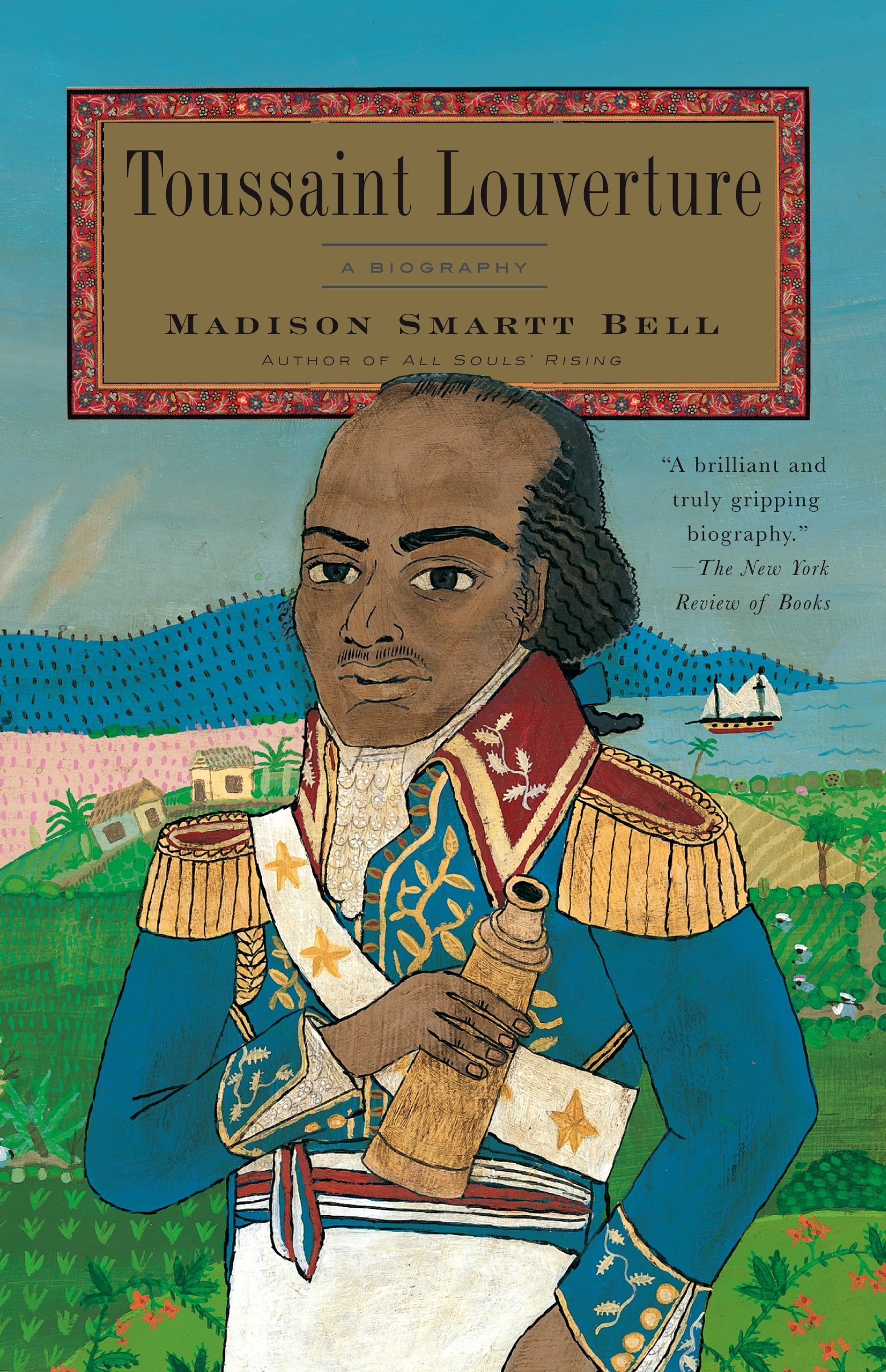Some lessons from Iraq
What can the experiences of General Thomas Gage, commander of British forces in North America from 1763 to 1775, teach the United States Army in Iraq? The officers of a field artillery battalion posed that question to members of the Harvard history department in May 2006. Intrigued, I agreed to walk the Freedom Trail with these forty officers, to see the sites where those eighteenth-century events happened. I was the only civilian amidst all these soldiers, almost all of whom had already seen combat in Iraq, and their questions and observations challenged my views of the present war in Iraq, the American Revolution, and the responsibilities of a historian in a time of war.
The battalion major contacted the history department in March. He and his fellow officers had received word that they faced a year of urban fighting against an Iraqi “insurgency,” and they wanted to know if they could glean anything from the experience of British commanders in Boston before the Revolutionary War. In the e-mail exchange that followed, the major explained that the U.S. Army has a set of procedures and theories for Counter Insurgency Operations, or COIN; that these derived from close scrutiny of past insurgencies against established governments around the world; and that 1770s Boston appeared to fit the profile. The goal of COIN, he explained, is to discover the hard-core opposition within the population and deprive it of popular support through a combination of propaganda and material aid. In essence, these officers saw themselves as facing tactical and strategic challenges analogous to those of British General Thomas Gage, who had failed to arrest the rebel American leaders and restore order and loyalty in Boston.
I found this comparison surprising on a number of levels. Everything I had learned from studies of popular historical memory—books such as Alfred Young’s The Shoemaker and the Tea Party (1999) or David Hackett Fisher’s Paul Revere’s Ride (1994)—had taught me to expect public institutions and figures to adopt and claim the inheritance of national heroes and ignore parallels with historical enemies or villains. But these officers showed a striking comfort with comparing themselves to America’s former enemies. At the same time, their analogy between the war in Iraq and the American Revolution came close to equating Iraqi terrorists with the Founding Fathers. More broadly, I am often skeptical of attempts to draw analogies between past events and present ones. At worst, historians can cease to speak analytically and can become memory keepers, using the past for modern political reasons.
Historical memory operates differently in professional military circles, where soldiers look for insights that might help in life and death situations. Among these officers, the question of right and wrong at the siege of Boston had less significance than the question of how General Gage lost control of the situation. In other words, they did not speculate about morality and only wanted to learn what had worked and what hadn’t. That is not to say these men and women were totally utilitarian or Machiavellian. Counterinsurgency in today’s U.S. Army includes diffusing resistance by removing popular grievances against the army. Generally this means avoiding any open conflict and having as few casualties as possible. Many of these soldiers expressed pride that “doing it right” also meant saving lives. Others, however, expressed concerns that no army can avoid exacerbating tensions and thus feeding the political basis of an insurgency.
Our day on the Freedom Trail began at the Radisson Hotel next to the Boston Common, where the officers had spent the night and where I met them all for the first time. At first glance, they could have been any group of business people, but the large pile of camouflaged backpacks in the middle of the hotel lobby and their use of “sir” and “ma’am” gave them away as soldiers. I also noticed that the lieutenant colonel stood surrounded by his other soldiers, as if their training to protect the ranking officer remained effective even in Boston. After some short introductions, we walked across the common to our first Freedom Trail stop, the Old Granary Burying Ground on Tremont Street in downtown Boston, where Samuel Adams, James Otis, Paul Revere, and the victims of the Boston Massacre are buried.
The Old Granary Burying Ground, with all its buried political worthies and massacre victims, seemed a good place to begin a discussion of American political culture on the eve of the American Revolution. My earlier brief review of army counter insurgency theory had revealed a fairly nuanced description of the relationship between political, religious, and military culture, not far removed from the work of “New Military Historians” of the past two generations, such as John Shy, Charles Royster, and Fred Anderson. Part of the American war effort in Iraq includes reshaping local government to be more democratic and cooperative with American counter insurgency measures. Battalion commanders have to oversee this process. The lieutenant colonel, the commanding officer of this battalion, asked whether political factionalism in the colonial period revealed a true democratic culture. He nodded immediately when I described four decades of recent scholarship on deference and gentry authority in Boston. Later, walking back to the hotel, he told me that his responsibilities in Iraq included overseeing the implementation of the new Iraqi Constitution but that he met with tremendous challenges when confronting local leaders and sheiks. That experience seemed to give him an intuitive understanding of the kind of patron-client power that lay behind the political authority of John Hancock, Andrew Oliver, or James Otis.
At each site, I quickly realized, the officers were looking for military lessons that spoke immediately to their specialty. I could tell from their level of attentiveness how closely they identified with the problems that the British faced in each of the events represented on the trail. Although I’m sure they were under orders to pay attention, it was clear to me that, as a group, they found some sites more relevant than others. Of the sites we saw, those connected with the Boston Tea Party and the Boston Massacre seemed to have the most value for them. At each of these sites, the officers presented me with almost piercing eye contact, and the major gave them some revealing takeaways from my narrative.
Built in 1729, the brick walls of the Old South Meetinghouse held the debate, on December 16, 1773, over the Parliamentary Tax on Tea, during which Samuel Adams signaled for the disguised “Mohawk” townsmen to attack the tea ships and dump three ships’ worth of the “poisonous Bohea” into Boston Harbor. On our trip to the site, the army had not budgeted for entrance fees, and the National Park had no special rate for soldiers, so we stood in the alley, and I described the meeting at the Old South, the dumping of the tea, and the British response with the coercive or “Intolerable Acts” that closed the port of Boston. For the major, the tea party presented a valuable lesson in the structure of insurgencies. He speculated that the Sons of Liberty had protected the anonymity of the members of their mob by forming what COIN terminology calls “cells,” small groups that only know their immediate commanders, not the whole structure of the resistance. I told them that no one knows exactly how it all worked but that the last survivor of the tea party, George Robert Twelves Hewes, certainly had some confused memories about that night, including a mistaken belief that John Hancock himself was aboard the ship. It is unclear, I told them, whether Hewes’s confusion might be evidence of a “cell” style organization of the Tea Party.
Since then, many of my colleagues have expressed frustration and even anger at the comparison between the Sons of Liberty and terrorist cells. Most historiography of early 1770s Boston argues that Gage was not facing an insurgency, which was understood in both Gage’s time and ours as a small but violent part of the population, but that he actually faced opposition from the majority of people in Boston. In a sense, describing the Sons of Liberty as an insurgency seems to understate the extent of popular outrage on the eve of the Revolution. The comparison, some have argued, raises the question of whether American commanders have repeated the mistake that Parliament made, of underestimating popular support for the resistance. At the Boston Massacre site, I had an opportunity to discuss with these officers the problem of popular support for resistance to the presence of an army and the question of when and how a military presence becomes counterproductive.
At the massacre site I was impressed with the sensitivity these officers had for the tenuousness of popular support for military forces. A six-foot diameter cobblestone circle between two busy streets marks the site of the Boston Massacre. The surrounding sidewalks are not large enough for forty soldiers, so they gathered around me in a circle across the street. I explained how the massacre seemed to be a series of accidents and escalations: a crowd had gathered to watch an apprentice pick on a private soldier, and then a captain had come to the soldiers’ aid with eight men and a corporal. I explained that Gage had standing orders not to fire on civilians under any circumstances but that someone heard the command to fire, the soldiers fired into the crowd, and five people died. The major stopped me there and turned to the other officers. In this kind of situation, he summarized, you must follow the rules of engagement. One small decision to fire against orders changed history and indefinitely alienated the majority of the population from the army.
It has been approximately fifteen months since I accompanied these officers on their Freedom Trail tour. Since then I have followed their experiences through Iraq on the regimental blog and on YouTube, where some of the officers have recorded home videos. I learned in February that one of the captains had been killed by a roadside bomb earlier that month. In April the chief warrant officer died in combat. At the end of May, the battalion lost a private and sergeant, both twenty-two, who ran into enemy small-arms fire while searching for a missing soldier from another unit. Members of the battalion have identified and eliminated several enemy weapons caches, opened several new markets, and helped train a brigade of Iraqis for combat service. Most of the blog entries describe their medical relief efforts in various regions. I like to think that our tour of the Freedom Trail reinforced the need to avoid conflict when possible and aid the local population.
At the end of my tour with these officers, we reached Copp’s Hill just as the early summer dusk began to paint the surrounding Boston skyline pink. This was where the British commanders watched the Battle of Bunker Hill on June 17, 1775. From the burial ground there, one can still look toward Dorchester Heights and Cambridge, where the Americans first formed a standing army to face the British. I gave a short history of the Revolutionary War and of the Continental Army in particular. When I explained that in 1780 Continental soldiers were forced to serve past their enlistment contracts because of troop shortages, one of the officers muttered volubly “some things never change.” Just this month as I write, these officers have had their second tour in Iraq extended by another three months. While I try to take every historical context and culture on its own separate terms, on some level I can’t help agreeing with that officer. Perhaps some things don’t change or at least they don’t change enough.
Further Reading:
The most recent field manual for COIN operations is Department of the Army, Counterinsurgency, Field Manual 3-24 (Washington D.C., December 2006). For an example of the use of the word “insurgent” in the time of Gage, see Joseph Galloway, The Speech of Joseph Galloway, Esq.; one of the members for Philadelphia County: in answer to the speech of John Dickenson (Philadelphia, 1764), particularly pages 37-39. The most comprehensive published edition of Gage’s own papers is Clarence Edwin Carter, ed., The Correspondence of General Thomas Gage, 1763-1775, 2 vols. (Hamden, Conn., 1969).
This article originally appeared in issue 8.1 (October, 2007).
Philip Mead is a Ph.D. candidate in the history department at Harvard University. His dissertation examines interactions between civilians and soldiers in the Continental Army.



